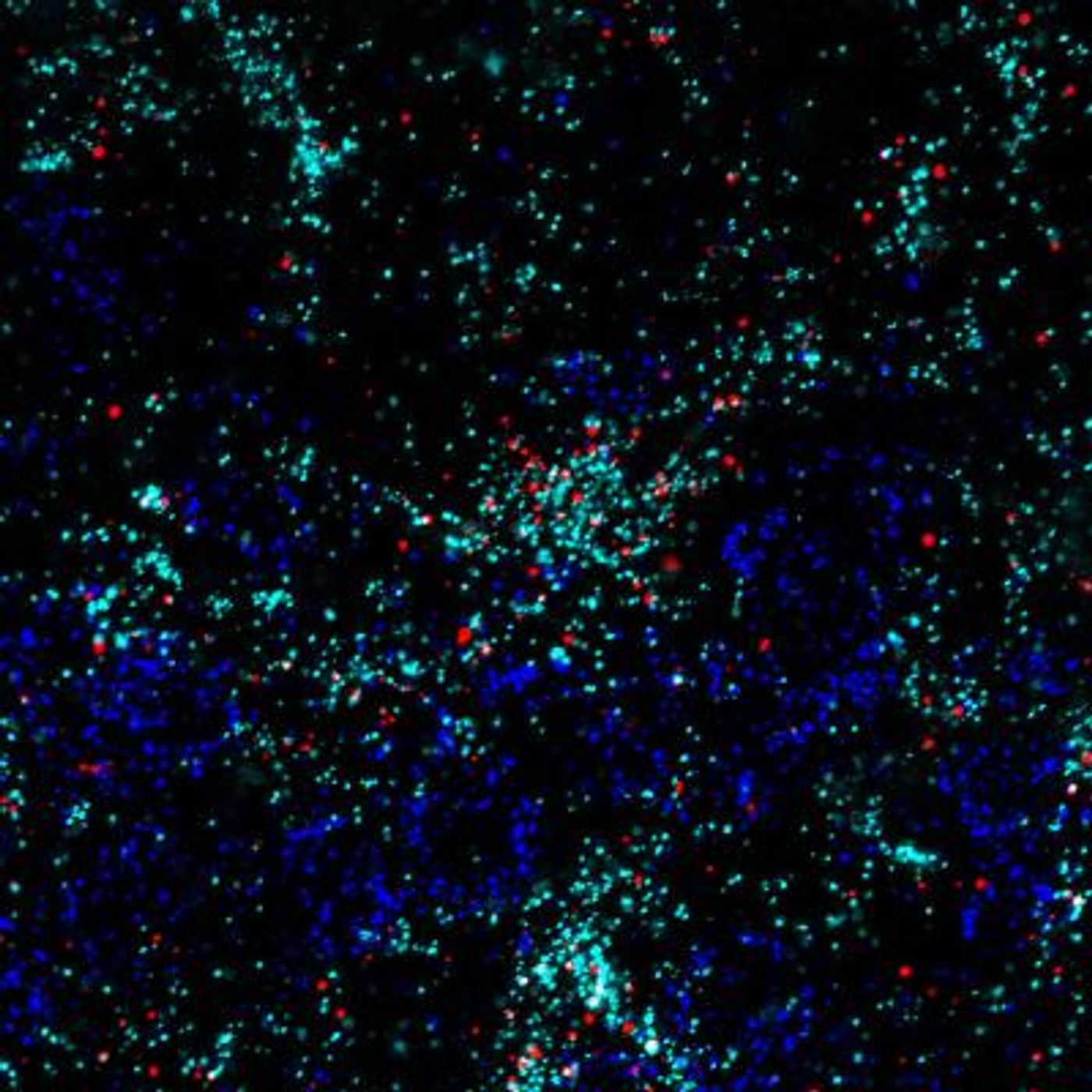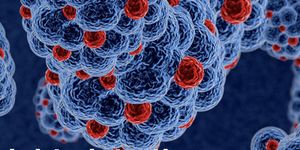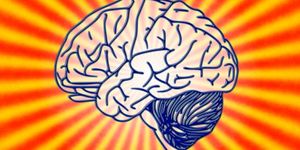The brain starts out as a dynamic organ that is capable of many changes. That flexibility allows us to learn, adapt and grow as we organize and trim the many neurons we are born with into a web of circuitry. The changeable nature of the brain, called plasticity, decreases as we age. Researchers at the Salk Institute have discovered that astrocytes, which are considered to play supportive roles for neurons, are also important to plasticity. These findings have been reported in Neuron and may help accelerate the development of therapeutics that treat memory loss.
"We knew from our previous work that astrocytes are important for the development of the brain; however, we knew very little about the role of astrocytes in the adult brain," said the senior author of the study Nicola Allen, assistant professor. "To investigate this role, we used a lot of techniques in the lab to identify a signal made by astrocytes, that's very important for brain maturation."
The researchers were able to determine that a protein called Chrdl1 was the signal astrocytes were releasing. It increases the number of connections between nerve cells and strengthens them, stabilizing neural links and circuits after they have developed.
Related: New Connection Between Receptors Discovered in the Brain
The team engineered a mouse that lacked Chrdl1 and found that their brains were far more plastic than normal. Adult mice had brain plasticity that was characteristic of young mice whose brains are still developing. The findings confirm that Chrdl1 is essential to taming the flexible brain.
"It's important to study brain plasticity because it teaches us how the brain remodels itself in response to new experiences," said research associate and first author Elena Blanco-Suarez. "Although some degree of plasticity is important, it decreases as we become older. Nature has designed these circuits to become more stable and less flexible. Otherwise, our brains would not mature and we would experience our whole life like a young child does."
Not much is known about the exact functions of Chrdl1 in people. A family that carried mutations in the Chrdl1 gene, however, had problems with memory tests. Research on schizophrenia and bipolar disorder indicate that the gene is altered in those conditions, and Chrdl1 may have a role in them.
The researchers plan to continue to study the functions of astrocytes, and how they may be useful in therapeutics.
"We're interested in learning more about what the astrocytes are secreting into the brain environment and how those signals affect the brain," said Allen. "We plan to look at this relationship both early in development and in situations where those connections are lost and you want to stimulate repair, like after someone has had a stroke."
Learn more about Allen's research from the video above by the Salk Institute.
Sources: AAAS/Eurekalert! Via Salk Institute, Neuron









